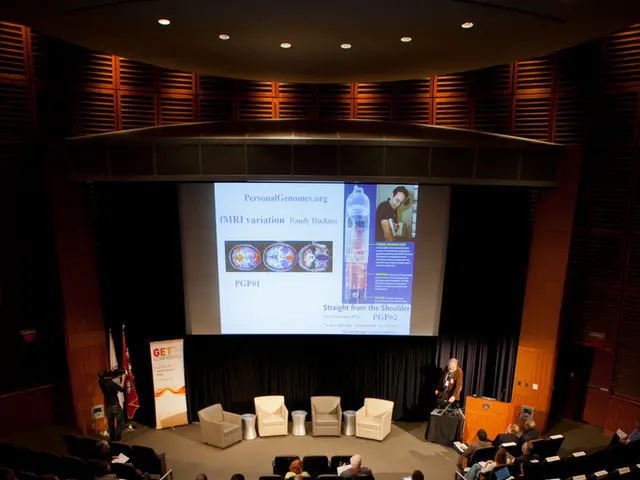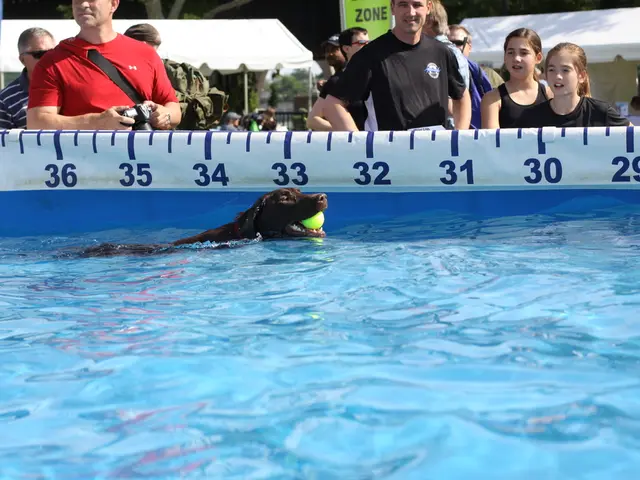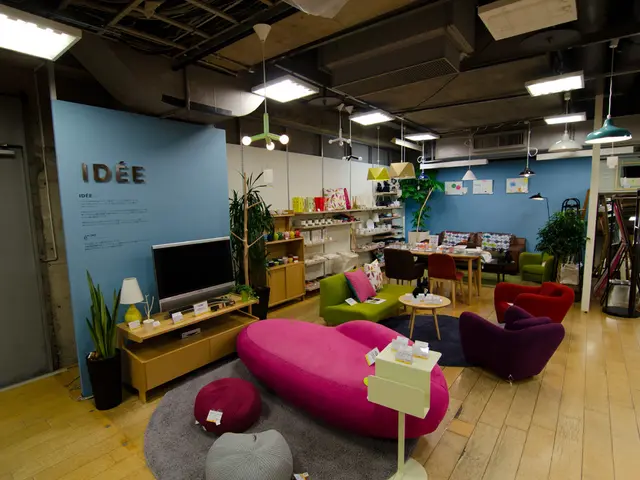USGBC LEED Green Associate: Regional Priority Credits in LEED Program Focus on Regional Environmental Concerns
In the world of sustainable building, LEED (Leadership in Energy and Environmental Design) credits play a significant role. However, it's important to note that these credits are not primarily aimed at education or advocacy, but rather at achieving tangible, location-specific sustainability goals.
The allocation of these credits is based on the project's geolocation, a detail confirmed during registration in LEED Online. For instance, coastal regions might prioritise credits related to rising sea levels and storms, while arid regions like the Southwest could focus more on water conservation. Urban areas and rural areas, too, have different needs and challenges that are reflected in the credits assigned.
The LEED regional priority bonus points are designed to address environmental problems specific to different regions. They primarily target project teams and developers, incentivizing them to focus on location-specific sustainability goals. These bonus points can be earned for projects that address geographically specific environmental, social equity, and public health priorities, such as water scarcity, air quality, habitat loss, or social equity.
The regional priority credits are not new LEED credits, but rather existing credits that have been designated as important by USGBC (U.S. Green Building Council) regional councils and chapters. Using a LEED AP (Accredited Professional) is encouraged, but not the goal of these regional priority credits.
Projects can potentially earn up to four regional priority bonus points, one for each regional priority credit achieved. The aim is to incentivize projects to address critical regional issues, making LEED buildings more effective in mitigating the impacts that matter most for their particular location.
Read also:
- Budget cuts at federal and state levels jeopardize advancements in fighting HIV and AIDS within Dallas County
- Strategies for Maintaining and Boosting Physical Activity as You Grow Older
- Understanding Prediabetes: A Precursory Condition to Diabetes
- Strategies for Strengthening a Nigerian Infant's Immune System







